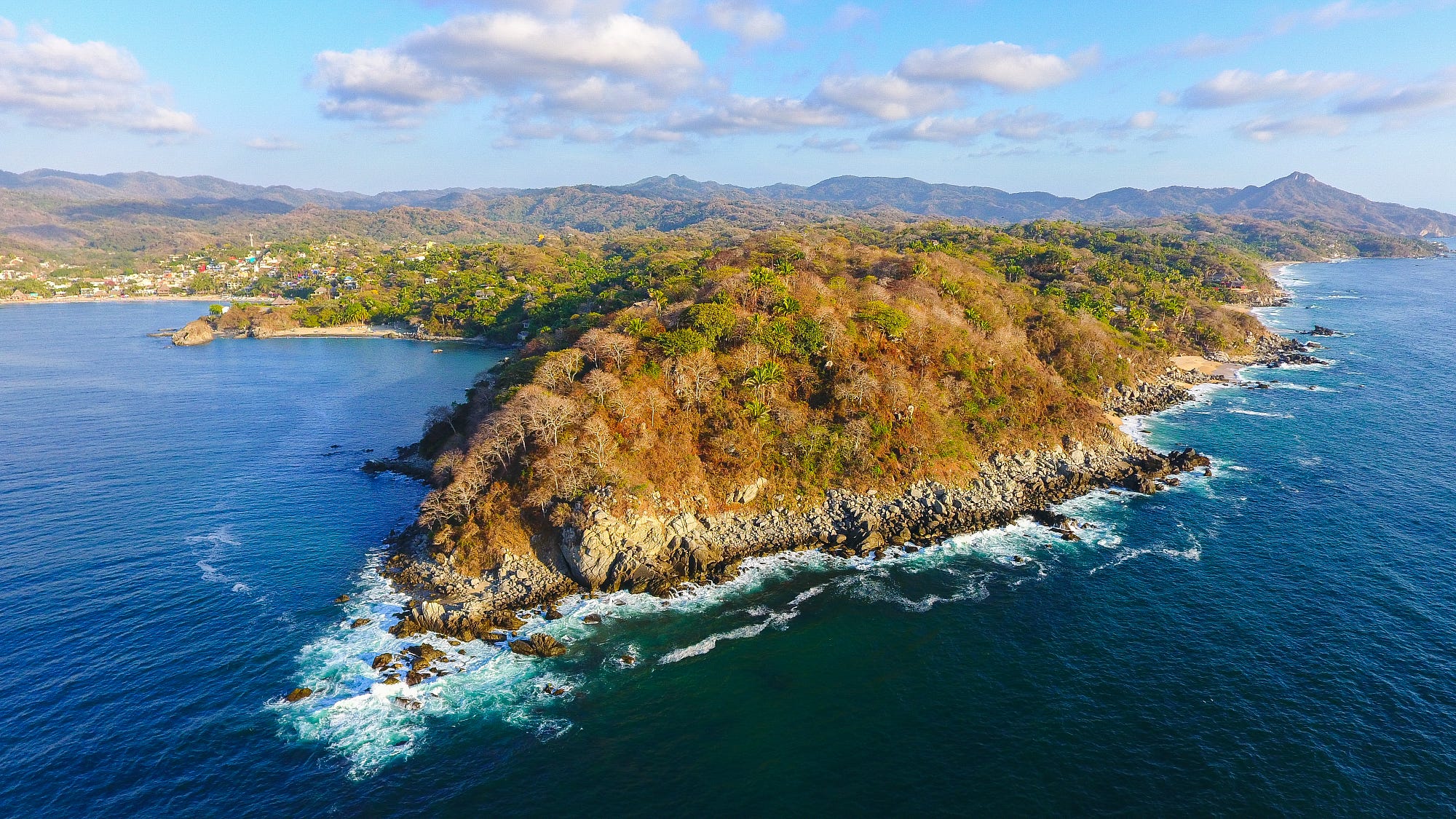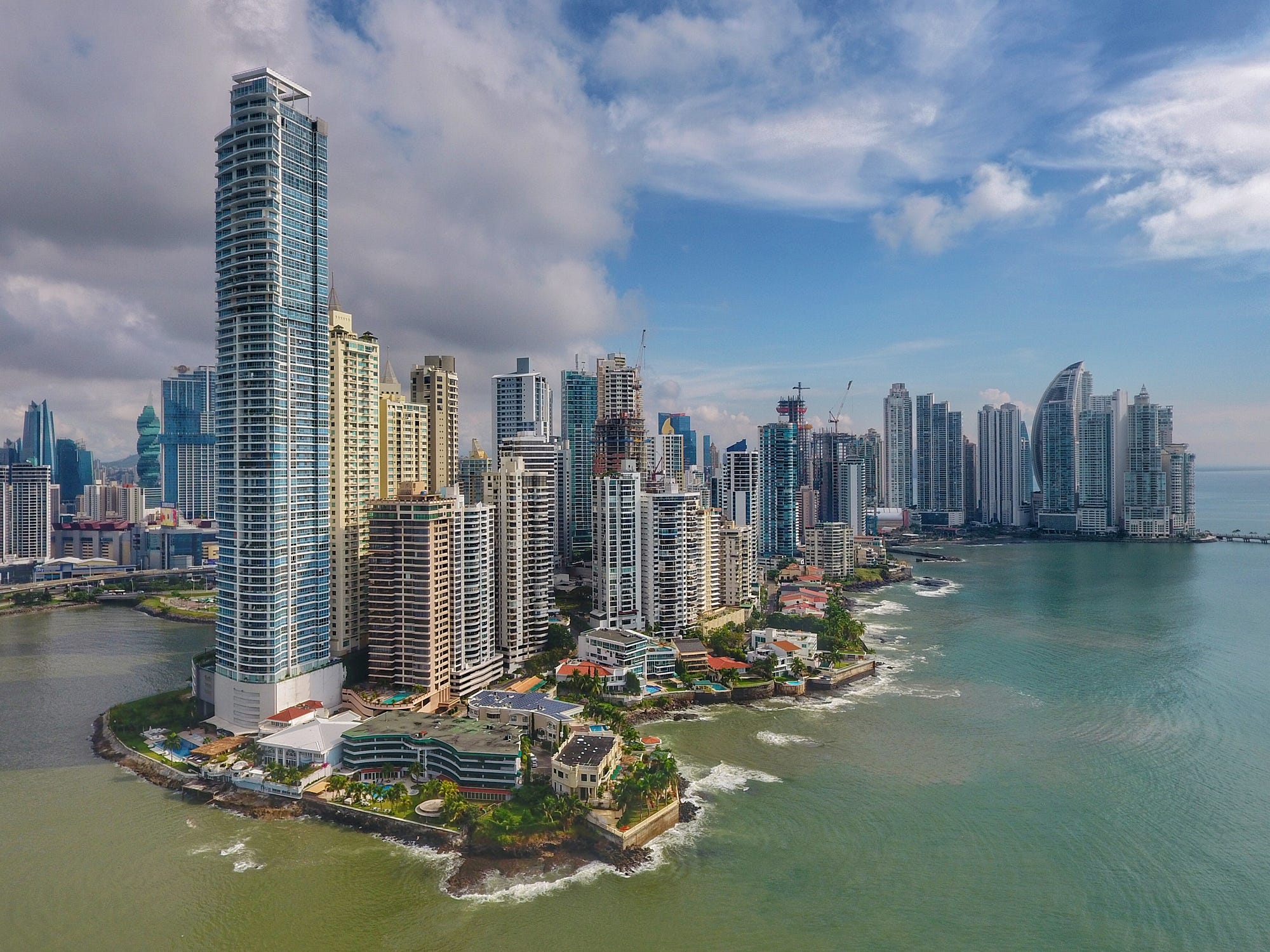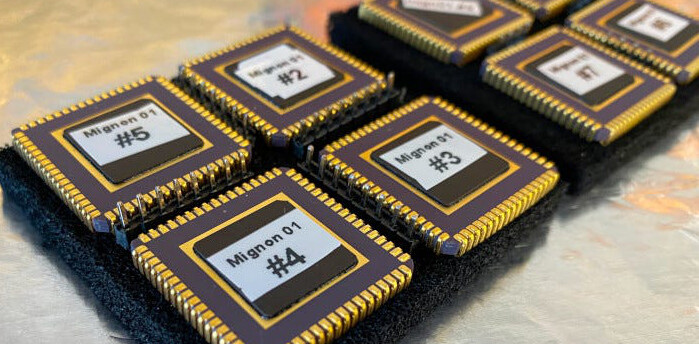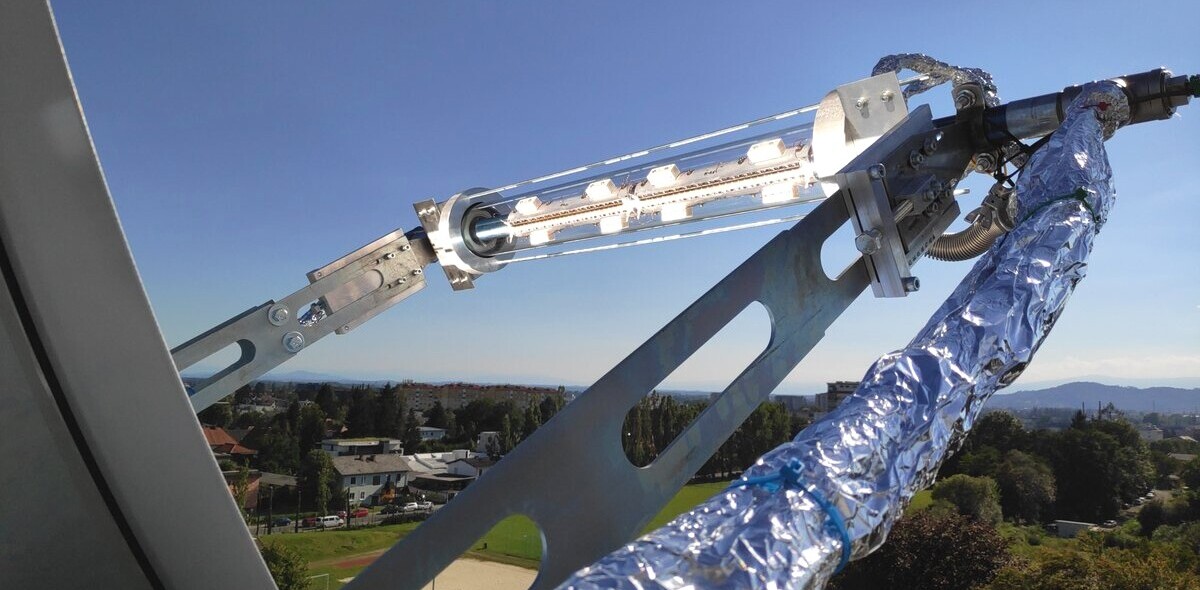
This morning I woke up in Virginia to a generous gift from my parents, a DJI Mavic Pro drone. I’ve been a drone operator for a little over a year and a half now, traveling with a Phantom 4. I had to make a fair amount of sacrifices on luggage space to carry it with me to three different continents and more than ten countries, so the Mavic is a welcome change.
After a year and a half of using my the Phantom 4, I feel like it is very important for me to write this post and share with you my knowledge about how to operate these devices safely and what to watch out for.
While I think these drones are amazing, I want to say that drones are not toys. They are a ton of fun to fly, but you are in control of real aircraft that is regulated by the Federal Aviation Administration (FAA). That’s assuming you are in the United States; other countries also have their own aviation authorities.
Aviation authorities around the world are adding more regulations as more people own drones. And we want to make sure we operate them safely so we show the world they can be used in a safe and useful manner.
Drones are fantastic photography and videography tools, and I love them. They give you opportunities to get shots that just were not possible a few years ago, or they give you the ability to get shots that used to cost many thousands of dollars because it used to require a manned aircraft such as a helicopter.
Take this video for instance that I did for Wapa Di Ume in Bali. I would never have been able to get these shots without my drone. We are in a new and exciting time with technology that is allowing people to create amazing works of art, and it is sparking new industries.
Now that we have these drones that fit in our backpack, we can produce the same content at a fraction of the cost. However, with great opportunity comes great responsibility.
The first thing I want to tell you about drones is just to make sure you are careful, you don’t want to break your new tool on its first flight and you certainly don’t want to end up on the news, which by the way is totally possible, just take this story, or this story for instance.
The thrill of flying a drone for the first time is an exciting rush, but it is also scary as hell. And if you launch this device without knowing what you are doing, you could end up crashing it into a tree, a lake or even worse, a person; all of which could be a very expensive and harmful mistake. I know a few people that broke their drones on their first flight, and that’s definitely going to kill your excitement about this new tool pretty quick.
So take your time, launch it outside in an open area and keep it in beginner mode until you feel more comfortable flying. Always check what is above your drone and be aware of its surroundings. Some models have more sensors than others but you need to be aware of what is happening with the aircraft you are piloting.
I was talking to my Dad this morning about drones; he is a former US Navy pilot and had this to say about flying. “They didn’t let you hop in the cockpit and take off by yourself, you had weeks of ground school, several tests, and numerous instructor-led fights before the first solo flight.”
The scary thing is, anyone can go to the store and purchase a drone off the shelf. That’s powerful and exciting, but must be met with responsibility by you, the owner and the drone’s new pilot. So you need to take the time to understand this device that has so much capability.
No one is expecting you to go through weeks of training before you take your first flight with a drone, but it is going to take practice to get comfortable flying. The only way to get better at flying is to practice, but make sure you do it slowly and get a feel for the controls before you run off and turn on sports mode where it can hit top speeds of 50 mph.
It’s not about the 95 percent of the time when things are going right. It’s about that five percent of the time when things are going wrong. That’s when you are really going to learn, but I don’t want you to start at zero like I did. I’ll give you a few tips to start from here.
Make sure you keep your drone within line of sight. It’s important to understand where your drone is at all times and be aware that things can change in an instant, such as another aircraft flying by. My heart starts racing each time I’m flying my drone and I hear a plane overhead, yours will too. Just stay calm and be aware of your surroundings. Keeping the drone in sight is not just about keeping an eye on it either.
You need to understand a bit about wireless signals. The wireless signal between your drone’s controller and the drone is a line-of-sight signal. This means that if a building comes between you and the drone, you will probably lose connection with the drone, and thus lose control of it. Be sure to know where the drone is in relation to where you are so you maintain line of sight with it. The last thing you want is for it to go to the other side of a building or mountain where you won’t be able to control it. Trust me, that will get your heart racing.
Most drones today are smart, but I’m still not quite sure how smart. You need to make sure you don’t put your drone into a situation where you are going to rely on its pre-programmed capabilities, such as the return-to-home feature, to get itself back. We already talked about line-of-sight for wireless as one issue, but another is not flying the drone too far away if you don’t believe you have enough battery to get back.
The drone is smart enough to know when it needs to come back based on the battery life that is left. However, what it is not smart enough to know is that it may not be able to get back home if there is a headwind on the way. I have a great friend I met a few years ago that is a fantastic drone pilot. He told me a story once where he flew the drone away when it had about half the battery left because the software said he could get back.
What he didn’t realize at the time was that there was a headwind to get back home, and there wasn’t enough battery left to get there because the headwind caused the drone extra time and power to make the same journey.
He ended up getting really lucky; the drone did end up falling out of the sky, but it landed in a bush not too far away from him, and it didn’t hit anyone. This won’t always be the case, be aware of your battery life, your distance and the wind; remember you are now a pilot and thus responsible for this aircraft.
I’m going to tell you, something is going to go wrong at some point while you are flying this new aircraft you just unboxed. It’s scary and you will start worrying immediately, but keep calm. You need to understand what to do in each case so you can handle the situation as a responsible pilot.
The adrenaline is going to go crazy the first time you lose contact with the drone, it’s going to spike when it stops responding or your phone battery dies. But with a little practice and preparation, you will know what to do when trouble arises.
Another thing is to be especially careful about launching a drone off of a moving vehicle, which I don’t recommend by the way! I have a fair amount of experience launching drones off of moving boats. I’m not advocating doing this in any way but I’ll tell you from personal experience, it’s never an easy thing to do. And definitely, not the best idea, avoid it as much as possible.
When you launch a drone off a moving boat, you need to understand that the drone is designed to keep its position on Earth based on its own GPS coordinates. Thus if you launch the drone off of a moving boat, you better be ready immediately to pilot that drone to keep up with the speed and direction of the boat. If not, the boat will move underneath of the drone and you could lose it very quickly or hit someone in the face. Definitely not what you want to do an afternoon of fun on the water.
If you are going to take this seriously and not just be a hobbyist, you need to consider going through the process to get certifications. In the US, it requires becoming a part 107 certified sUAS (small Unmanned Aircraft Systems) pilot. I’m still figuring out all the requirements abroad but each country has their own certification or license.
If you just unboxed your drone for the first time, you are most likely a hobbyist. This means in most cases you don’t have any legal right to use your footage for commercial purposes or to make money with your new tool. This in general means you can’t sell a photo, you can’t make a video for a company and get paid for it, you can only use it for yourself. There are ways to do it, but that’s a topic for another article.
But if you want to turn this into a business, you have to go through the process. And it will be worth it. When I was in Bali recently, I was able to capture some amazing footage of the erupting volcano, but I couldn’t use it for anyone but myself. I tried to submit it to the news agencies but because I didn’t have an Indonesian license to fly the drone for commercial purposes, they could not purchase my footage.
So I’m still working out the requirements to get those certifications in other countries, but since I’m an American, the FAA part 107 certification is a great place to start. Take this seriously, it is worth it to gain the experience and become an amazing drone pilot, but please do it responsibly, the future of this industry depends on it.
To give you an idea of the types of videos you can create with these amazing tools, here are a couple of my latest videos.
Get the TNW newsletter
Get the most important tech news in your inbox each week.









